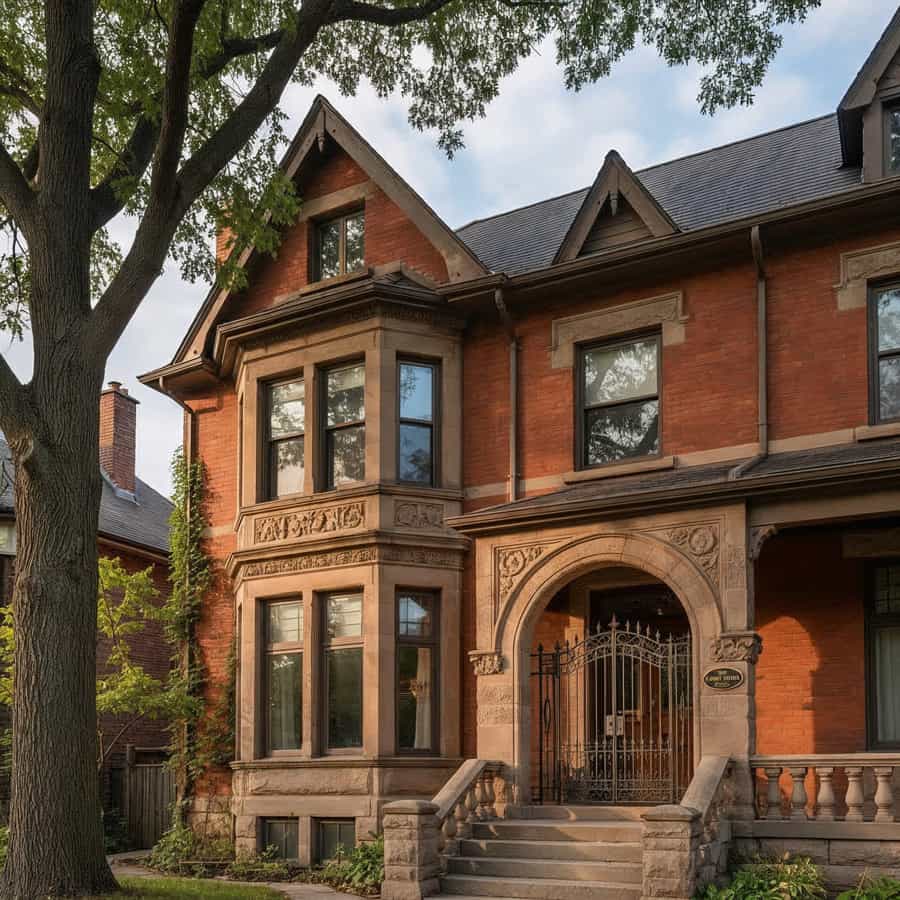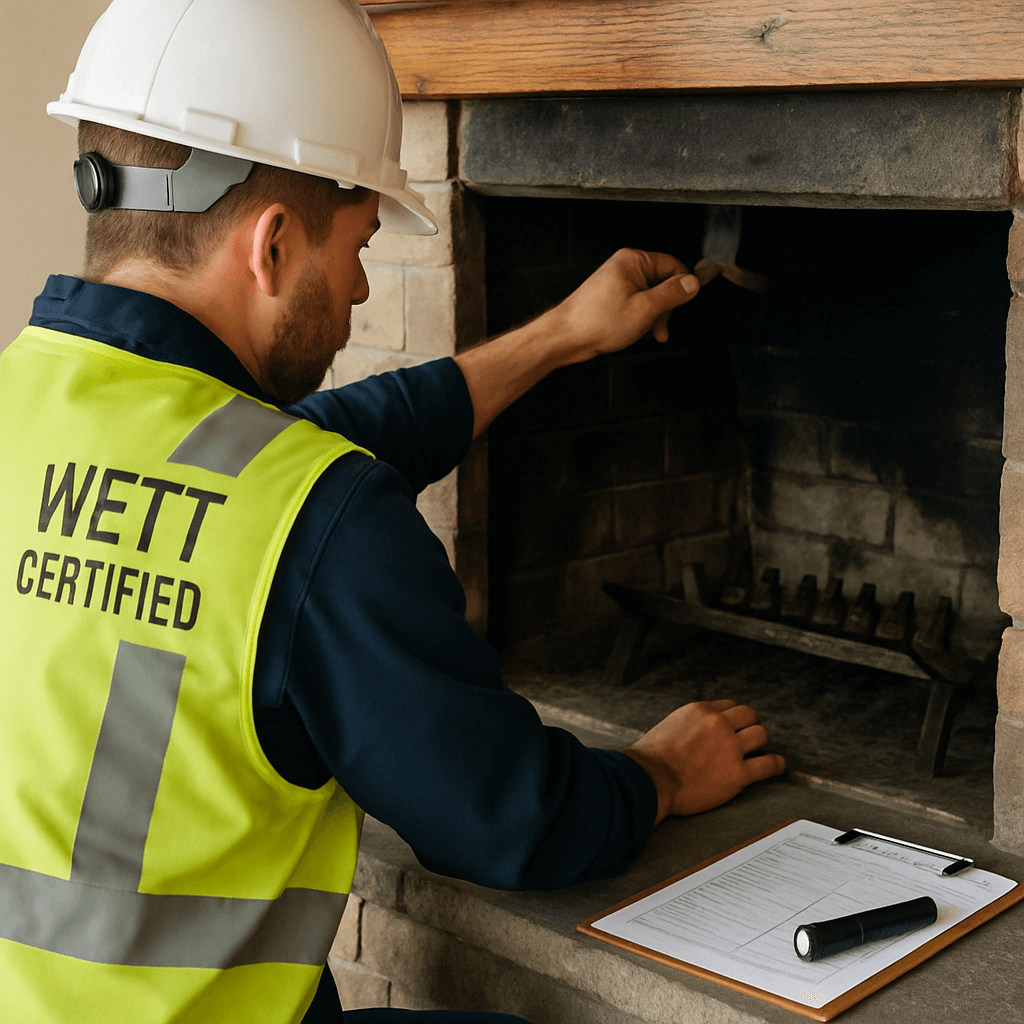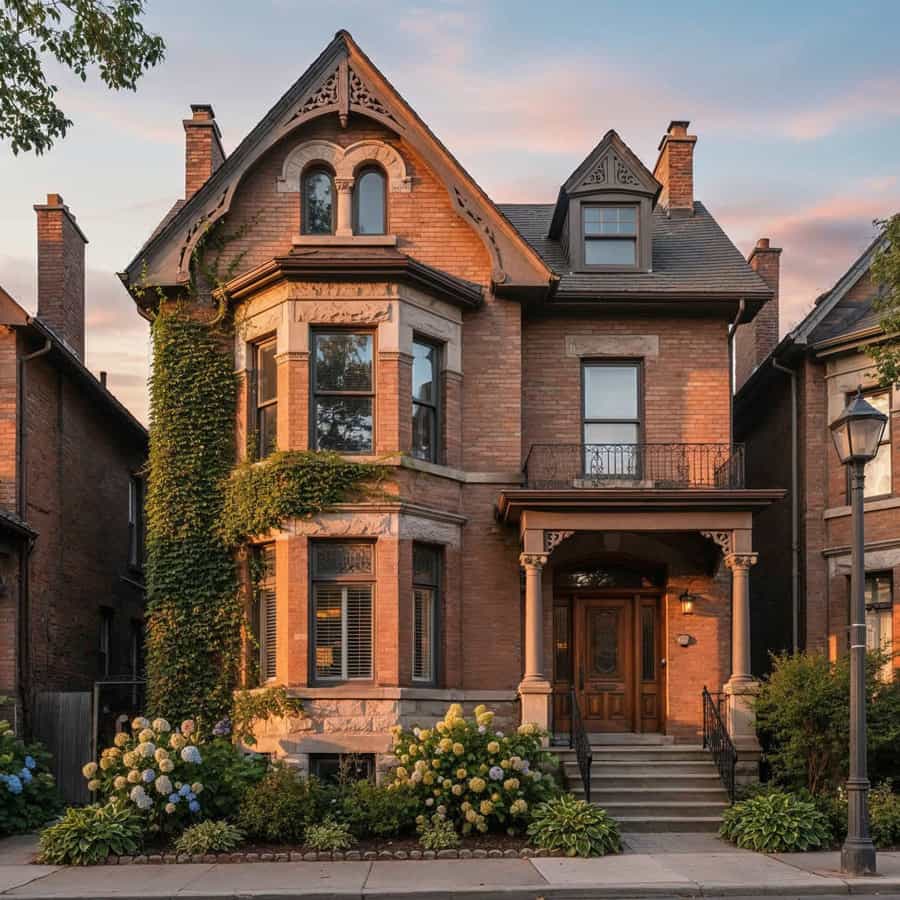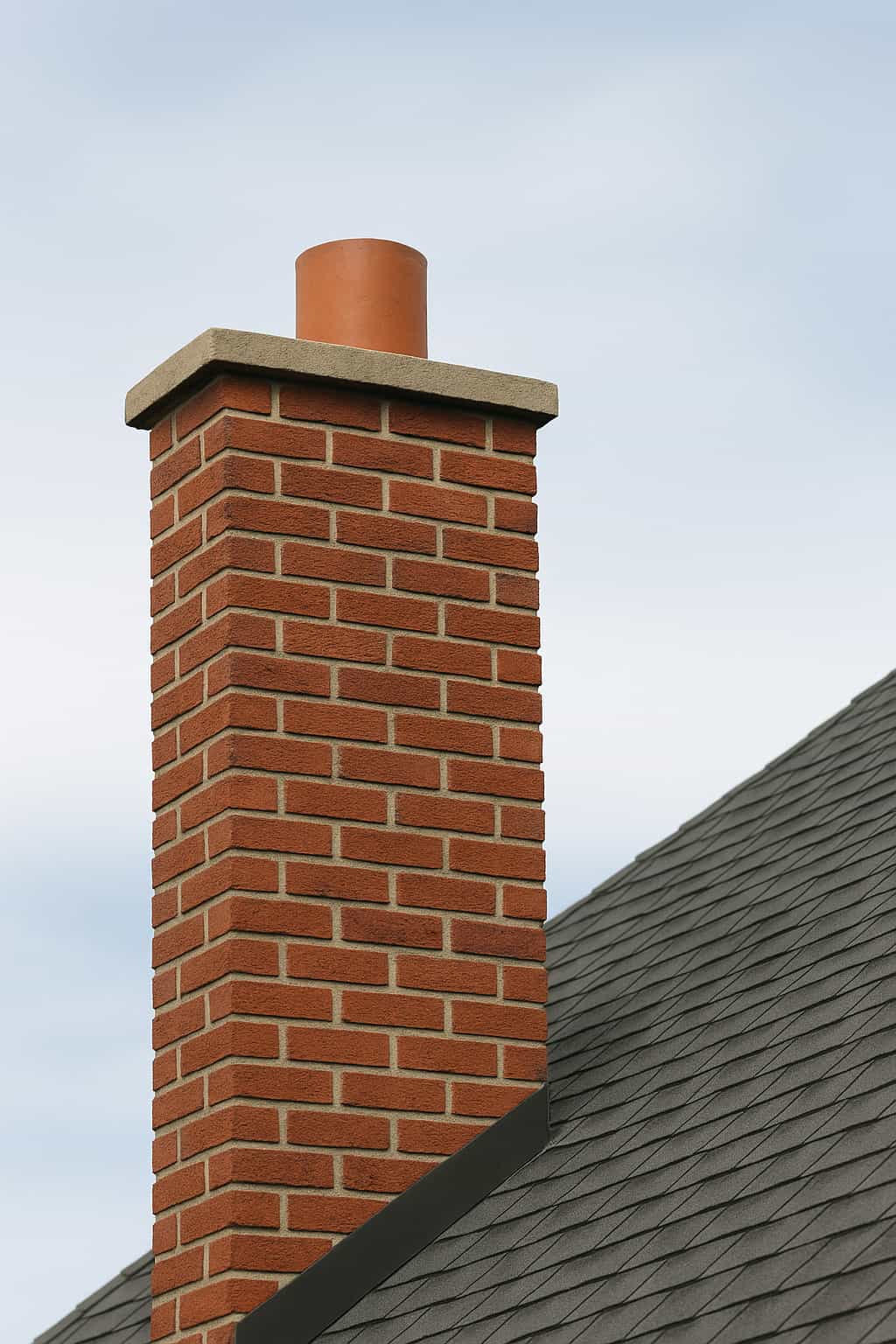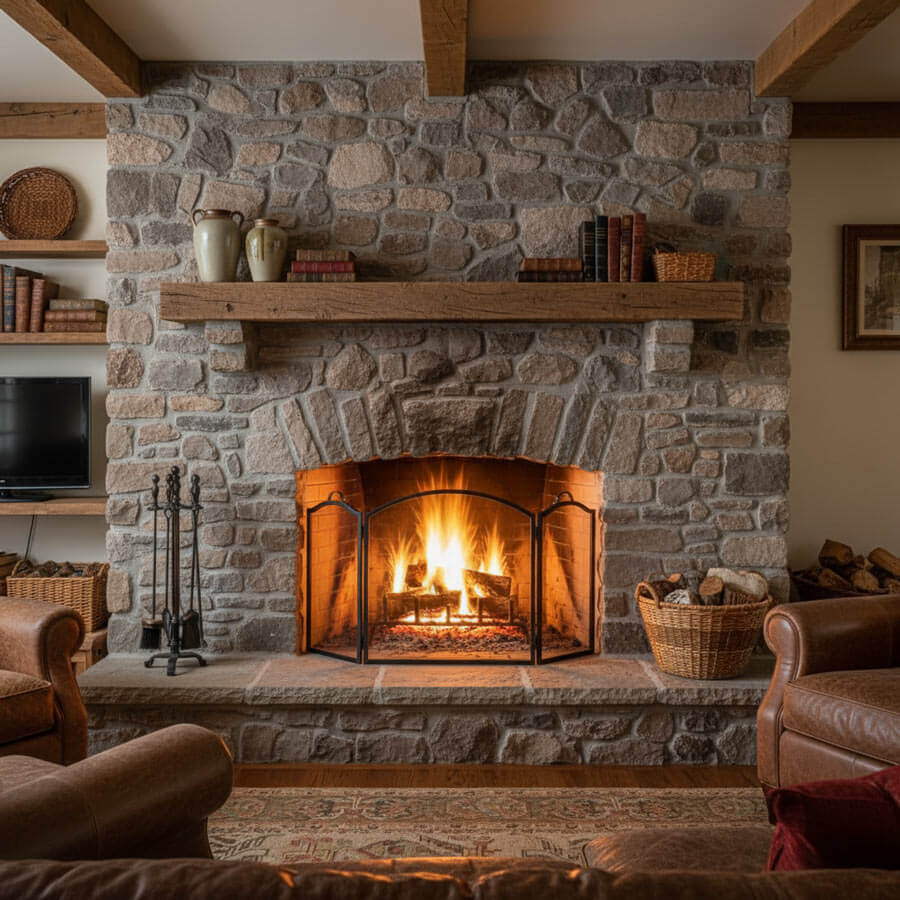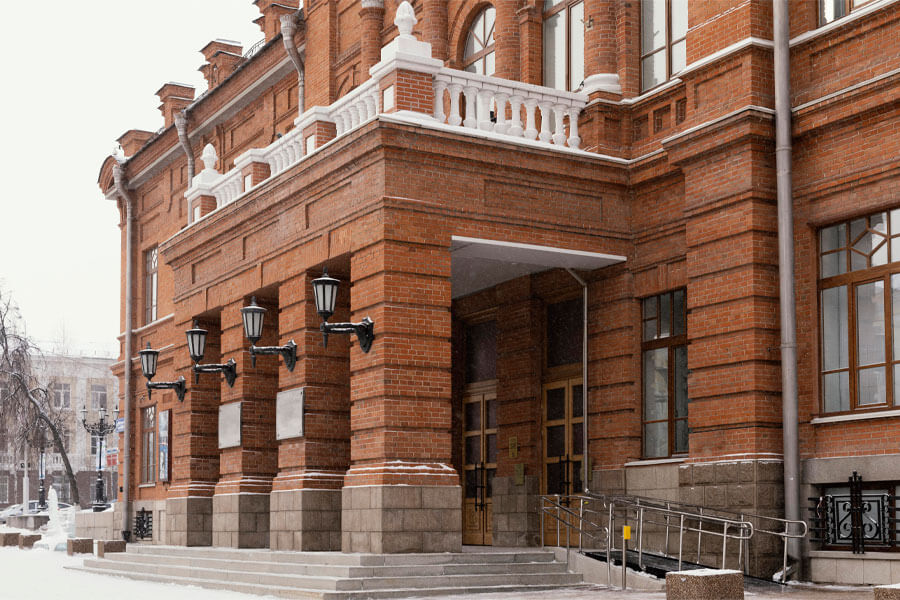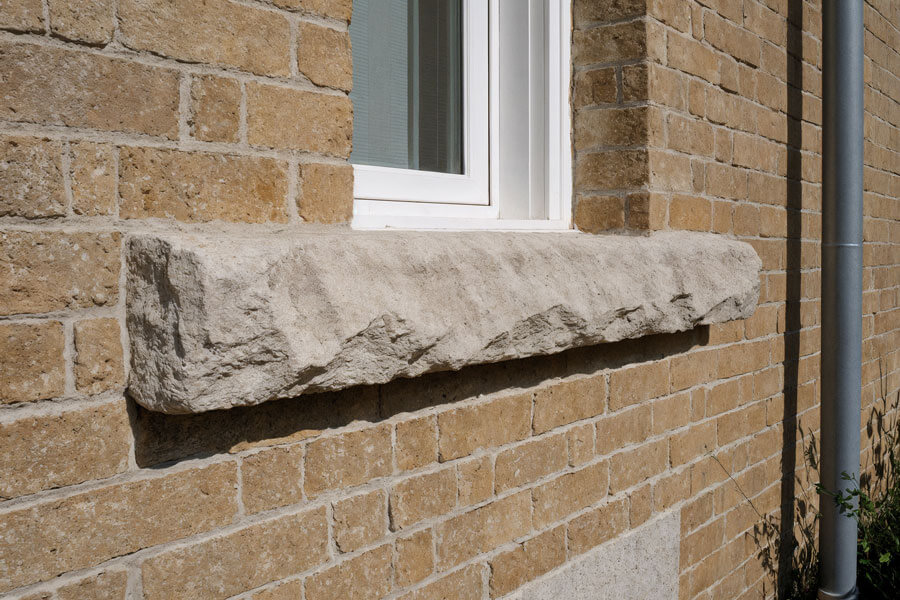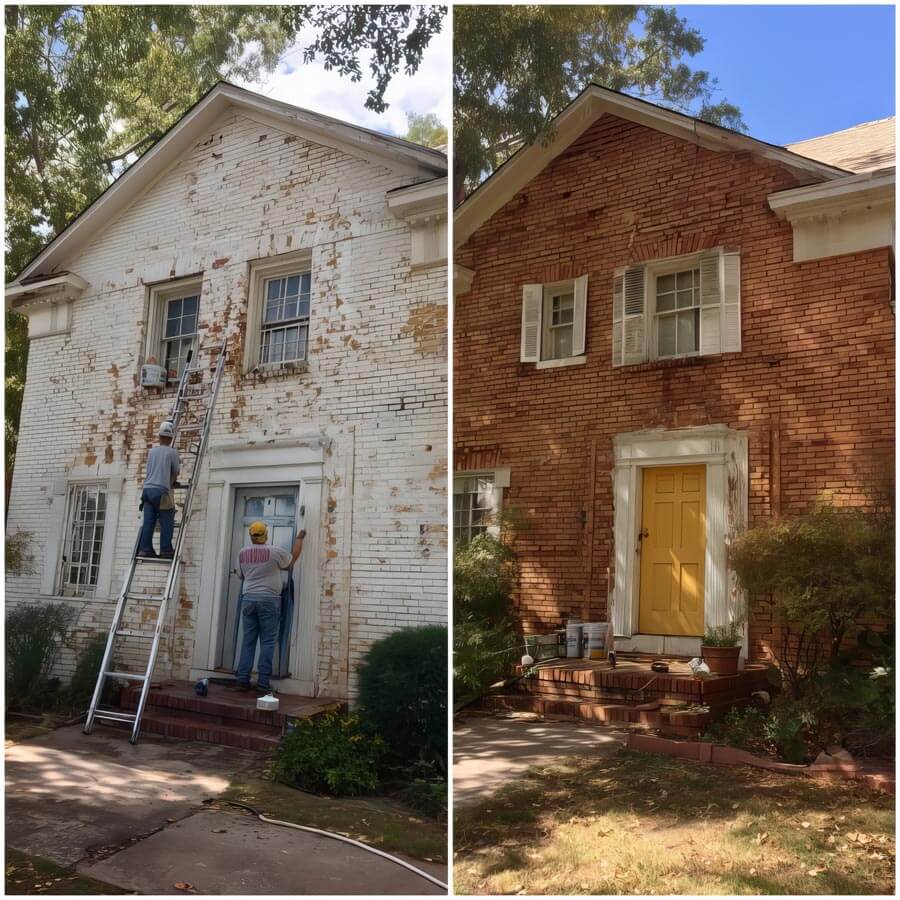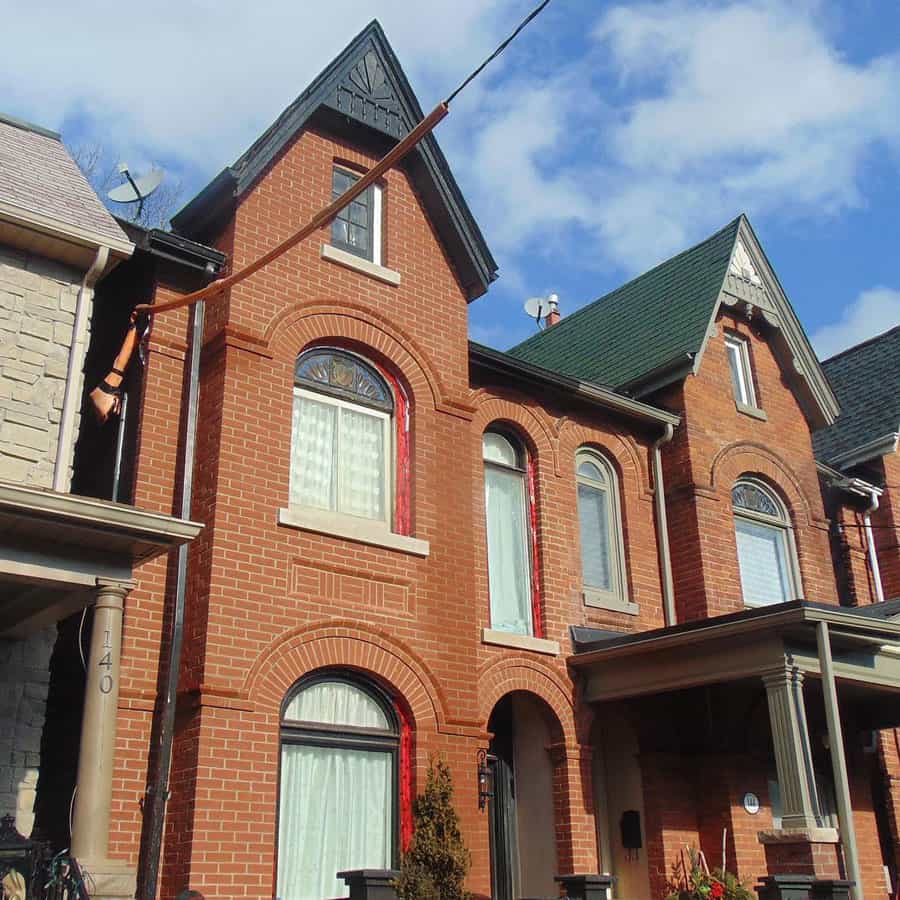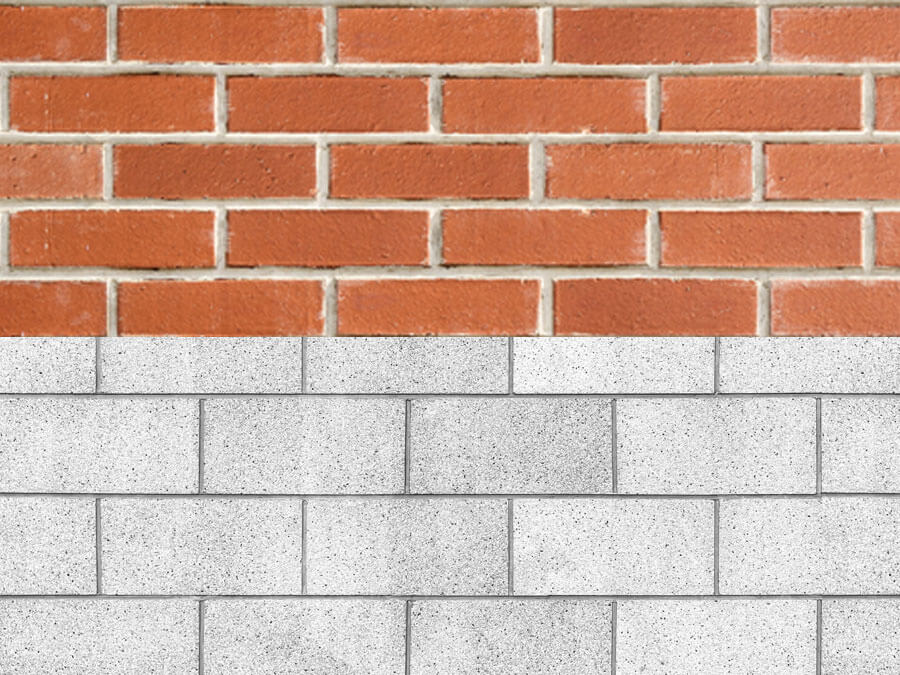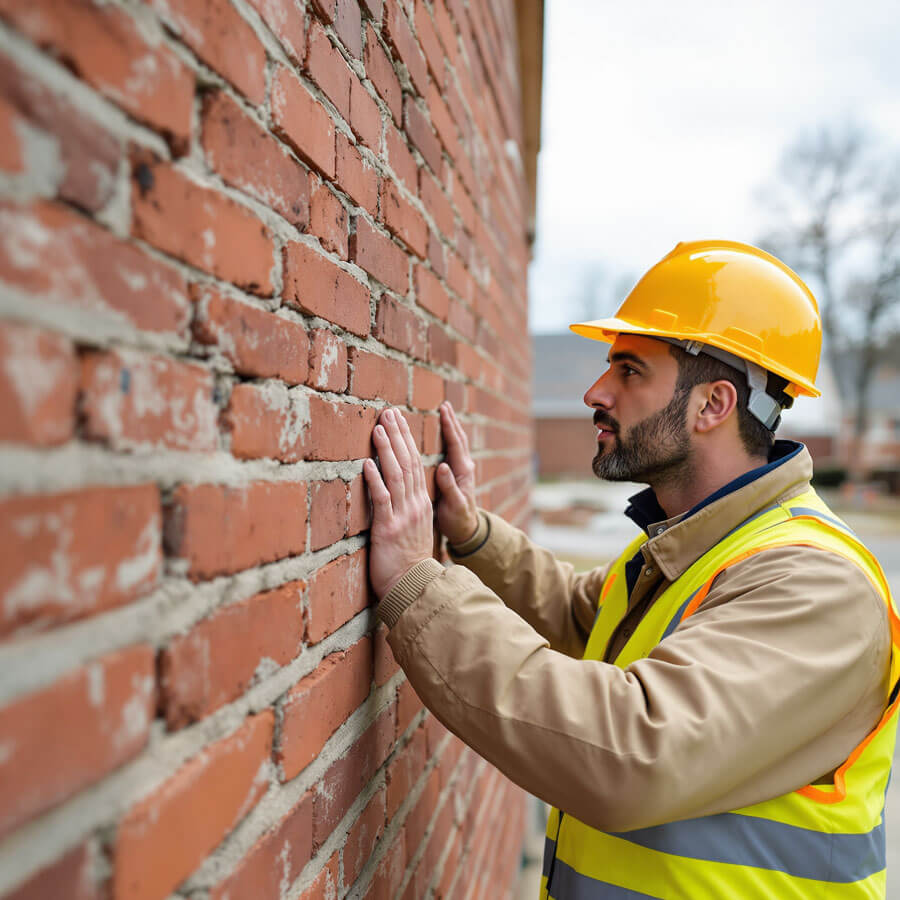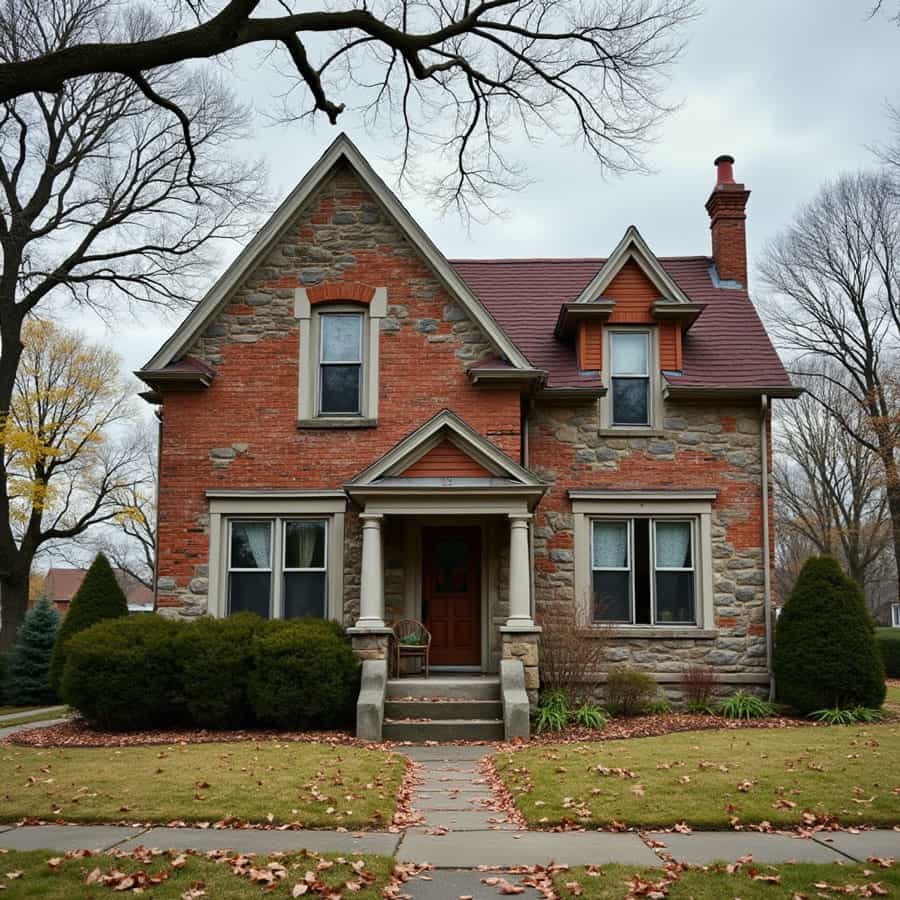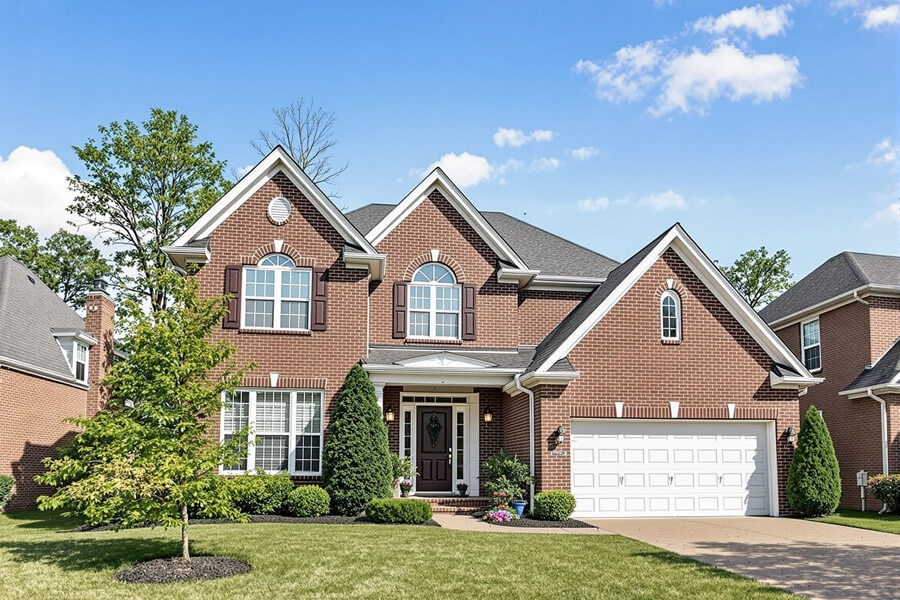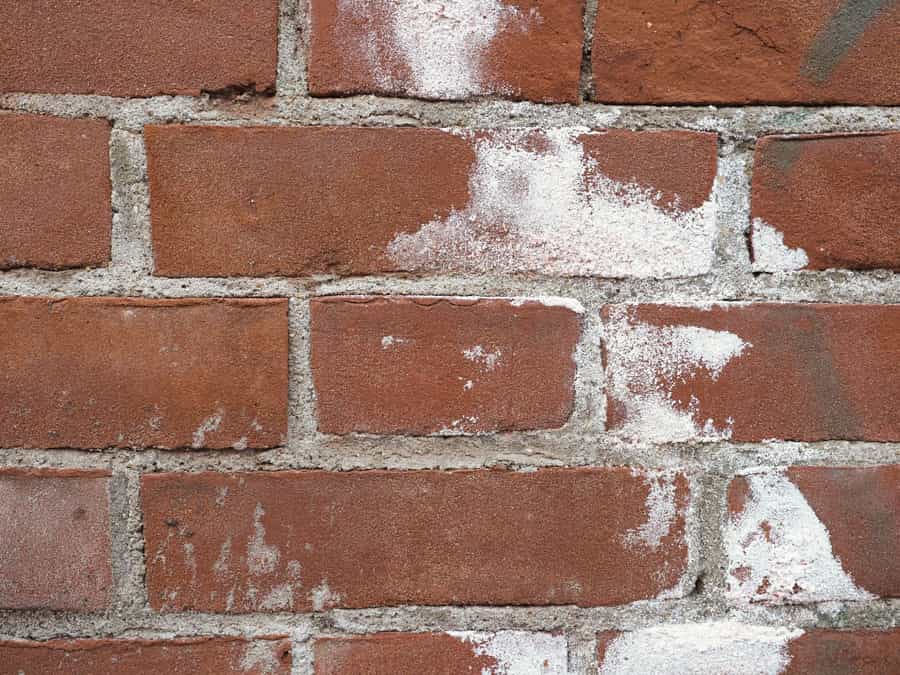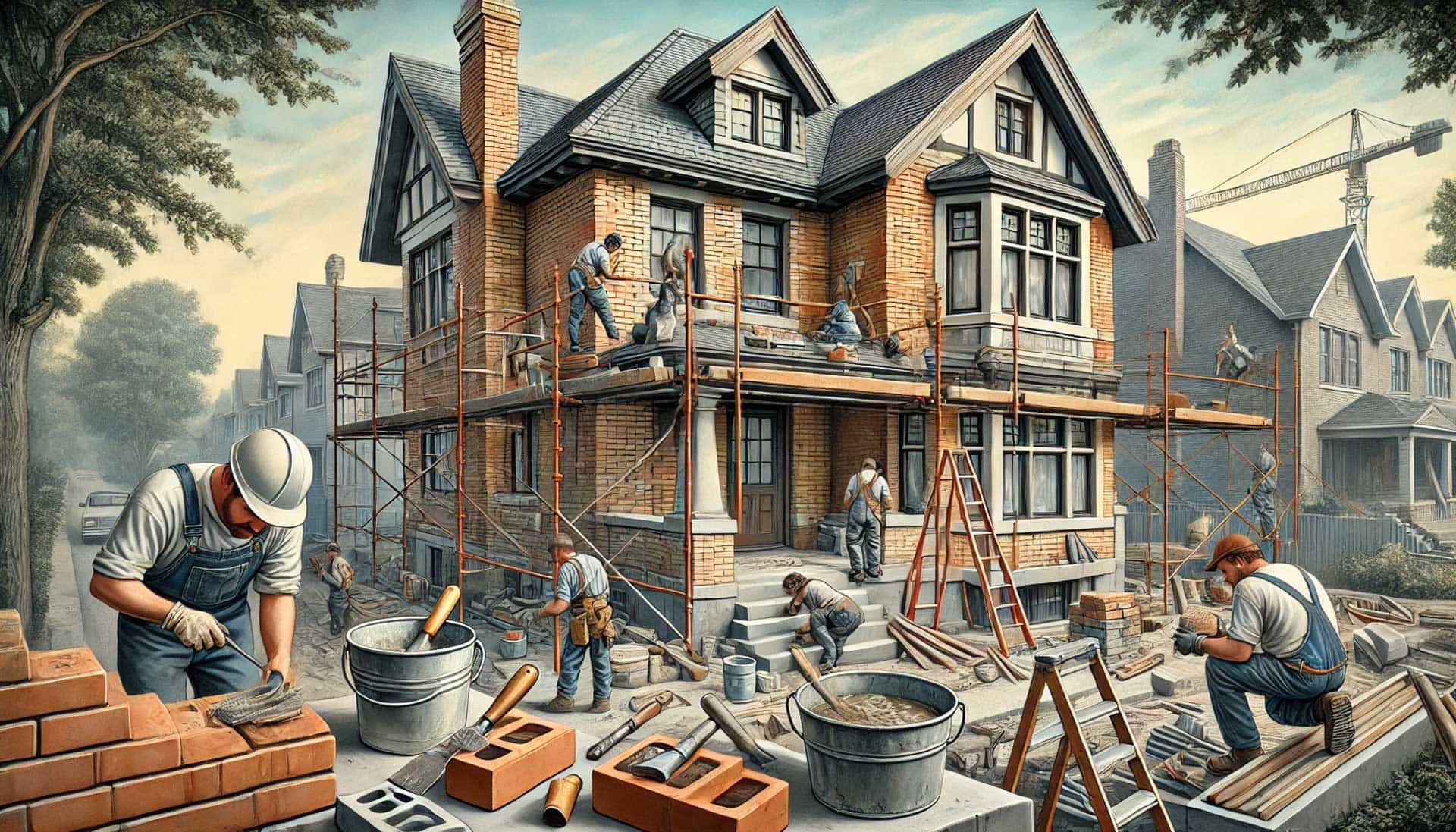Toronto’s oldest neighborhoods are lined with beautiful homes built from brick, sandstone, and locally quarried stone—true reflections of craftsmanship from the city’s Victorian and Edwardian eras. Yet beneath these charming exteriors lies an unsung architectural hero: lime mortar. This “lost art” is key to preserving the unique character and structural integrity of historic Toronto homes.
Rediscovering Lime Mortar Legacy
For centuries, lime mortar was the go-to choice for masonry construction. It’s a mixture of lime, sand, and water—nothing else. In Toronto, almost every home built before the 1950s used lime-based mortar to hold its bricks and stone in place. The shift to modern Portland cement mortars came only in the mid-20th century and changed the rules for maintenance and restoration.
Why Did Cement Replace Lime?
- Cement sets faster and is stronger, making it appealing for new construction.
- Lime mortar cures slowly and remains soft, which is perfect for “old bones” in historic properties.
- The downside? Modern mortars can unintentionally damage historic materials when used for repairs.
What Makes Lime Mortar Different?
Lime mortar isn’t just an alternative material—it’s crucial for old homes. Here’s why:
- Breathability: Allows moisture to evaporate through mortar joints, keeping masonry dry.
- Flexibility: Absorbs slight movements as buildings settle, preventing cracks in both mortar and brick.
- Compatibility with soft bricks: Many Toronto heritage homes used softer bricks that require a gentler mortar.
The Downside of Modern Portland Cement
When hard cement mortar is used on historic masonry:
- Moisture gets trapped inside the brick, leading to spalling (crumbling brick faces).
- The mortar is too strong and rigid—cracks form, and bricks are pushed out or damaged.
- Over time, repairs become costly and extensive.
Why Historic Toronto Homes Need a Special Touch
Toronto’s heritage-designated areas—like Cabbagetown, The Annex, Riverdale, and Trinity Bellwoods—are brimming with homes built on traditional techniques. These homes demand careful restoration:
- Authenticity matters: Proper materials protect not just appearance but also property value.
- Historic districts often require original methods: Using lime mortar is sometimes mandated for restoration permits.
- Preserves long-term integrity: Lime mortar prolongs the life of soft, old bricks and stones.
The Dangers of Using the Wrong Mortar
Cement-based mortars are a leading cause of premature damage in historic Toronto homes. Here’s what happens when inappropriate materials are used:
- Cement mortar is too hard and doesn’t “give”—it cracks and pushes on old bricks.
- Moisture becomes trapped, leading to decay, rot, and white mineral deposits called efflorescence.
- In some cases, poor repairs result in the need for complete brick or stone replacement.
Why Restoration Specialists Matter
Working with lime mortar takes skill and knowledge. Heritage masons understand:
- Matching original formulas: Each old home needs specific lime, sand, and color blends.
- Hand tooling: Careful application preserves the historic appearance.
- Heritage compliance: Many Toronto neighborhoods require strict adherence to preservation standards.
DIY approaches or hiring unqualified masons can introduce mismatched materials and future headaches. For real restoration, trust only specialists experienced with historic Toronto architecture.
What Can Homeowners Do?
If you own or are restoring a pre-1950s home in Toronto, here’s how to protect your investment:
- Have mortar tested: Find out if your home was built with lime mortar. A heritage specialist can analyze a small sample.
- Request proper repointing: Insist on traditional lime mortar for repairs, not synthetic or cement-based products.
- Consult local regulations: Some historic districts require lime-based restoration.
- Choose expert masons: Work with companies specializing in heritage buildings and lime mortar techniques.
Conclusion
The “lost art” of lime mortar is vital to preserving Toronto’s renowned heritage streetscapes. Modern repairs with Portland cement may be quicker, but they rarely protect the beauty or value of historic homes.
Choosing lime mortar and skilled professionals isn’t just about following tradition—it’s the best way to ensure your property lasts for decades, celebrates its unique history, and maintains its market value.
Ready to restore your historic Toronto home? Insist on lime mortar and consult with a heritage-certified masonry expert to give your home the care it truly deserves.

